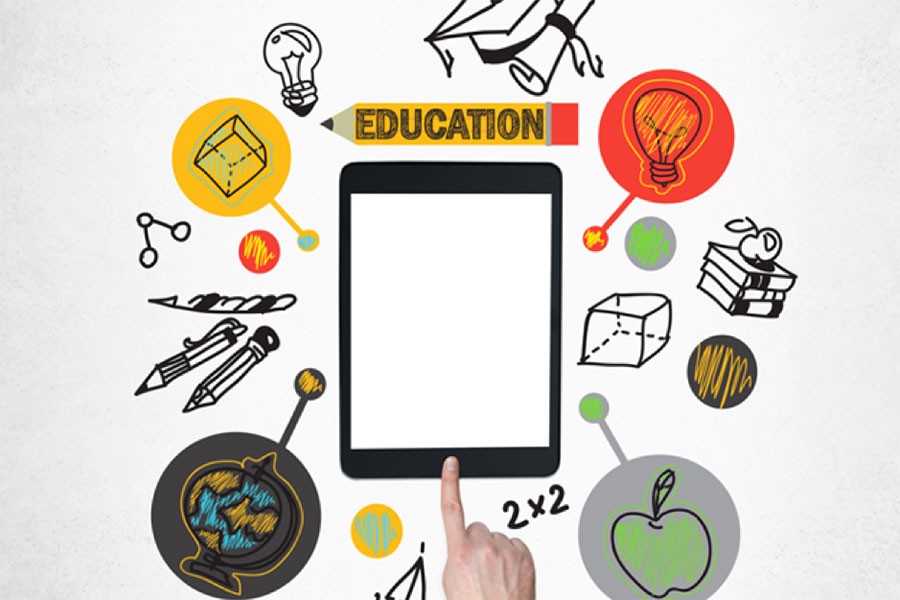Art Bounty
Discover the vibrant world of art and creativity.
When Robots Take Over the Classroom
Discover the future of education as robots revolutionize classrooms—will they enhance learning or replace teachers? Find out now!
The Future of Learning: How Robots Will Transform Education
The future of learning is set to undergo a significant transformation as robots emerge as capable educators and assistants. These technologies are no longer confined to factory floors; instead, they are now stepping into classrooms, where they can provide personalized support to students. By employing artificial intelligence, robots can analyze individual learning styles and progress, adapting their teaching methods to suit the needs of each learner. For instance, a robot tutor could identify a student's weaknesses in math and provide targeted exercises to enhance their skills effectively.
Moreover, robots can facilitate learning in diverse environments by creating interactive and engaging experiences. With the integration of virtual reality and robotics, students can explore complex concepts through immersive simulations, making education not only more fun but also more impactful. As education becomes increasingly personalized, we can expect a shift towards robot-assisted learning that empowers both teachers and students. By utilizing robots, educators can save time on administrative tasks and focus on fostering critical thinking and creativity, ultimately enriching the educational landscape for future generations.

Balancing Technology and Teaching: Will Robots Replace Teachers?
The debate surrounding balancing technology and teaching is more relevant than ever as advancements in artificial intelligence and robotics continue to reshape educational landscapes. While robots bring innovative tools and resources to the classroom, enhancing the learning experience, the fundamental role of a teacher encompasses much more than mere information delivery. Teachers foster critical thinking, social skills, and emotional intelligence—attributes that robots, despite their growing capabilities, are unlikely to replicate fully. As educators integrate technology into their teaching methodologies, they must strike a harmonious balance that enhances learning without sacrificing the human touch that is essential in education.
As we explore whether robots will replace teachers, it's crucial to consider both the strengths and limitations of robotic technology. On one hand, robots can support personalized learning, provide instant feedback, and allow for data-driven insights into student performance. On the other hand, teaching is inherently relational; it involves mentorship, inspiration, and the ability to adapt to the nuanced needs of students. Therefore, rather than aiming for a future where robots entirely supplant educators, a more realistic vision involves collaboration between technology and teaching professionals. This synergy can lead to an enriched educational experience, preparing students for a tech-driven world while nurturing their intrinsic human qualities.
AI in the Classroom: Benefits and Challenges of Robotic Educators
The integration of AI in the classroom offers numerous benefits, transforming the educational landscape for both teachers and students. One significant advantage is the ability of robotic educators to provide personalized learning experiences. Through adaptive learning algorithms, these AI systems can tailor lesson plans and resources to meet the unique needs of each student, addressing different learning paces and styles. Furthermore, they can assist teachers by handling administrative tasks, allowing educators to focus more on instructional delivery and student engagement.
However, the deployment of AI in the classroom also presents several challenges that need to be carefully considered. One of the primary concerns is the potential for robotic educators to replace human interactions, which are crucial for developing social skills and emotional intelligence. Additionally, issues related to data privacy and cybersecurity arise as these systems often require the collection and analysis of sensitive student information. As we embrace the technology, it is essential to strike a balance between leveraging AI's advantages while maintaining the irreplaceable human element in education.